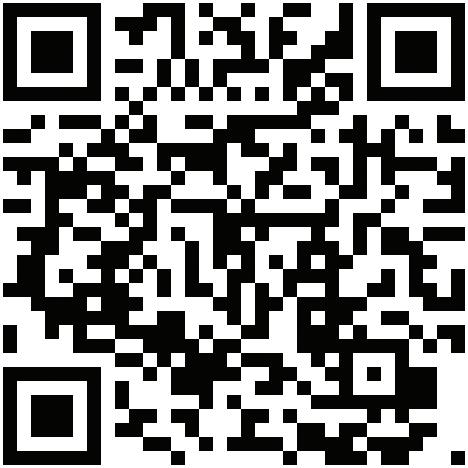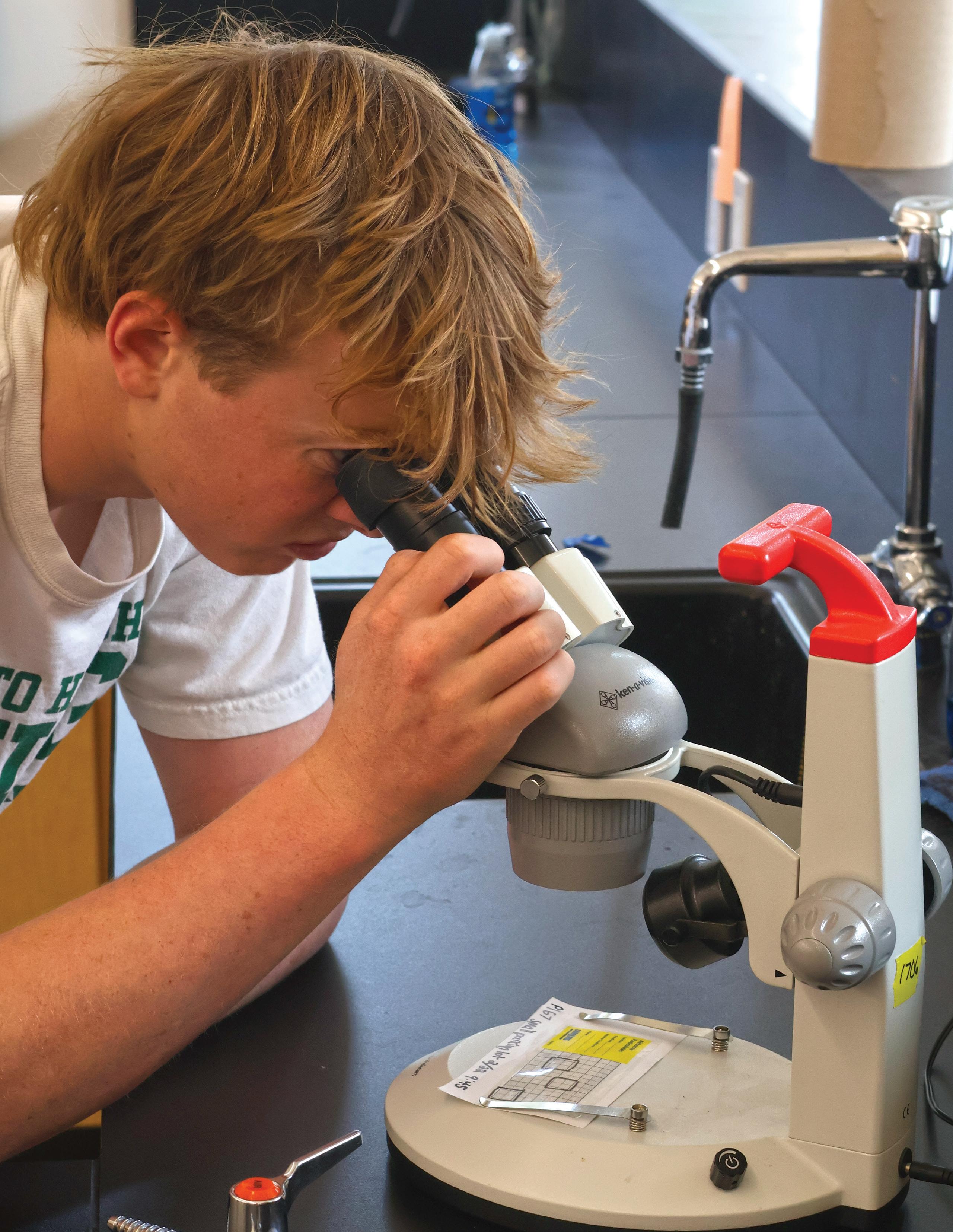

VERITAS
April 2024 Volume 4 Issue 2
Mission Statement
In Silicon Valley, and specifically in Palo Alto, we are lucky enough to have the opportunity to grow from some of the most progressive minds in assorted STEM fields, with a thriving community of students who are ready to share their discoveries with the rest of Paly. At the same time, many students might also feel intimidated by, or disinterested in these fields despite its proximity to and importance in our daily lives.
Veritas hopes to bridge the gap by repackaging scientific content to be interesting for all, promoting open-mindedness with a flexible approach to scientific education, and embracing new approaches to science and technology without hindrance by tradition.
We believe science and technology are a common thread that impacts everyone’s lives and holds the potential to unify communities just like other forms of entertainment, like music, movies, and sports just to name a few.
Advertising
The staff publishes advertisements with signed contracts providing they are not deemed by the staff inappropriate for the magazine’s audience. For more advertising with Veritas, please contact palyjournalismincubator@gmail.com
Publication Policy
Veritas, a science and technology magazine published by the students in Palo Alto High School’s Incubator Journalism class, is a designated open forum for student expression and discussion of issues concerning its readers. Veritas is distributed to its readers and the student body at no cost.
Printing and Distribution
Veritas is printed three times per school year by aPrintis Printing in Pleasanton, California. All Veritas work is available at issuu.com/palyveritas.
Editors-in-Chief
Business
Divij Motwani
Vivian Tang
Manager
Lara Su Dumanli
Staff
Writers
Marcus Ling
Lucianna Peralta
Shreyas Shashi
Mihika Sridhar
Cailey Quita
William Xue
Artists
Salem Coyle
Sasha Kapadia
Carissa Tsui
Adviser
Paul Kandell
Letter to the Editors
The staff welcomes letters to the editors. We reserve the right to edit all submissions for length, grammar, potential libel, invasion of privacy, and obscenity. Send all letters by mail to 50 Embarcadero Road, Palo Alto, CA 94301, or email veritaspaly@gmail.com
Connect
veritaspaly@gmail.com
veritas.magazine
issuu.com/palyveritas
IN THIS ISSUE
Letter From The Editors
Dear readers,
Welcome back for our second edition of 2024! We are excited to return with another issue of Veritas after our January issue.
As Palo Alto High School’s science and technology magazine, in this issue, we have decided to focus on how technological advancements have influenced student’s everyday lives, and opinions from campus about some recent developments.
This April, we present stories about the rise of electric bikes in our school community (p.6), a how-to on quitting your phone (p.7-8), and a look into the technology that allow companies like Amazon to deliver packages to doors so quickly (p.11-12).
In addition to that, we also give an insight on opinions around campus about video profiles replacing essays for college admissions (p.10), and Neuralink’s new brain-chip (p.13).
Like past issues, we have also profiled another one of Paly’s science teachers, Ashwini Avadhani, and how her passion for lab science and chemistry led her to the teaching career she has today.
This edition, like past ones, offers a mere glimpse into all the scientific and technological developments of our world. As these advancements continue to affect our community —situated at the heart of Silicon Valley— in unprecedented ways, we want Veritas to be a guide for you in this ever-changing world. Enjoy!
— Divij Motwani and Vivian Tang, Editors-in-ChiefOn the Cover
For this issue’s cover, Veritas chose a photo of Paly Junior Tyler Kramer as he looks at an Air Particulate Detector for an AP Environmental Science lab. To learn more about the prevalence of Air Quality in our day to day lives, or how students are measuring levels of Air Particles around the campus, read What’s in your air? (pg. 14)
6
7 9 10-11 12-13
14
Veritas Hacks: How to quit your phone
Save your life, not your screen
What does Paly think about college video profiles
Pedal power vs. electric ease
15
From your click to your door
Discovering passion: Ashwini Avadhani What’s in your air?
Opinions around campus about Elon Musks’s new Neuralink brain-chip

Veritashacks: How to quit your phone
Most teens are prone to social media and while it can be fun and games, real-world engagement is just as fruitful and filled with experience that simply cannot be synthesized by phones. Veritas features statistics on phone usage and a compilation of advice to limit screen time from Palo Alto High School students in order to highlight teen phone usage.








A Common Sense Media study found students were most likely to turn to social media (32%), YouTube (26%) and gaming (17%) on their cell phones during the school day.
The average age at which children receive their first phones is 6-11 years old, with phone acquisition climbing steeply between 10.7 and 12.5 years of age, a period during which half of the children acquired their first phones.


Additionally, students were found to pick up their phones a median of 51 times per day, although across the study, pickup amounts ranged between two and 498 times daily.
 Text by LUCIANNA PERALTA
Art by SALEM COYLE
Text by LUCIANNA PERALTA
Art by SALEM COYLE
Column
“I set app timers, and purposely leave my phone uncharged so that I avoid using it later, out of concern for battery”
— Alice Jambon 11th grade

Words to Live By
“Try to focus on one of your hobbies that isn’t related to your phone”

— Rei Prior 10th grade

Easy steps to quit your phone:
1. Leave your phone in the MAC overnight
2. Forget to charge your device
3. Drop it in the Paly Pool
4. Forget it at Peets
5. Lock it away and throw the key
A survey showed how Paly students limit their phone usage. These were the most common answers.
“I try to put it in another room when doing homework and when I need to focus”
— Sophia Yang 12th grade
1. Turn on Do Not Disturb
2. Rely on other electronic devices
3. Go on a long walk
4. Pick up a new hobby
5. Spend time with your pets
Save your life, not your screen
How getting addicted to my phone completely ruined my life
It all really started in 6th grade, when I was given my first device, a $35 LG smartphone. The sole purpose of the phone was communication with my parents, but the explorer in me realized that this humble tool was capable of more than just calling. I could now watch, play, and text, whenever and wherever I wanted.
A genuine addiction had begun. I would be in class, watching the most useless TikToks under my desk, ignoring my teacher’s instructions. I remember times going home, and with no extra thought, immediately getting on video games with my friends, with my attention span being so short that I failed to even ask my mom about her day. Day after day. I would lose hours and hours of sleep every night because of a device that fit in the palm of my hand. I felt mentally, emotionally, and physically attached to my devices, and I didn’t realize what that path would lead me to.
Gradually, my attention span started to deteriorate, with me not being able to even complete simple tasks such as reading an article. When I was in elementary school, I could read hundreds of pages a day. Now, I struggle to focus on reading just 10.
The digital vortex took me in deeper and deeper, and the COVID pandemic made the problem exponentially worse. I spent more time on screens than not, with my eyes, mind, and entire body feeling increasingly more miserable. I missed out on the quality time I could have had with our real world, because of this addiction.
What really saved me was pursuing the non-digital hobbies of basketball and cooking. Getting strenuous exercise and recipe experimenting not only kept me off the
screen for hours, but showed me how good it felt to put my time and effort into healthy habits.
At the start of this year, I installed two programs on my phone that have made a significant impact on my screen time. One is called “One Sec,” which produces a relaxing screen, asking me if I really want to open the app. This reminder is huge, and is effective because it goes against my muscle memory to open the app and immediately use it without thinking. The second app, Opal, is a program that prevents me from opening certain apps, causing my phone to become the communication device that my parents originally intended for me. These apps both helped me cut my phone screen time in half, from around four hours a day to about two hours.
In an effort to further this pursuit of getting away from screens, I reached out to Palo Alto High School Psychology teacher Chris Farina to see what his knowledge could provide me in regards to screen addiction in teens. “It’s what you’re losing out on doing compared to what you could be doing if you were … being outside, spending time with other people in person things like that,” Farina said. “It’s the convenience factor of being able to just take this out of your pocket, open it up and it’s readily available. I think that makes it very easy to get into versus the opportunity cost of ‘Let’s go play basketball’ and things like that. It requires more time, effort, coordination, and you have to get to … the physical site with your person.”
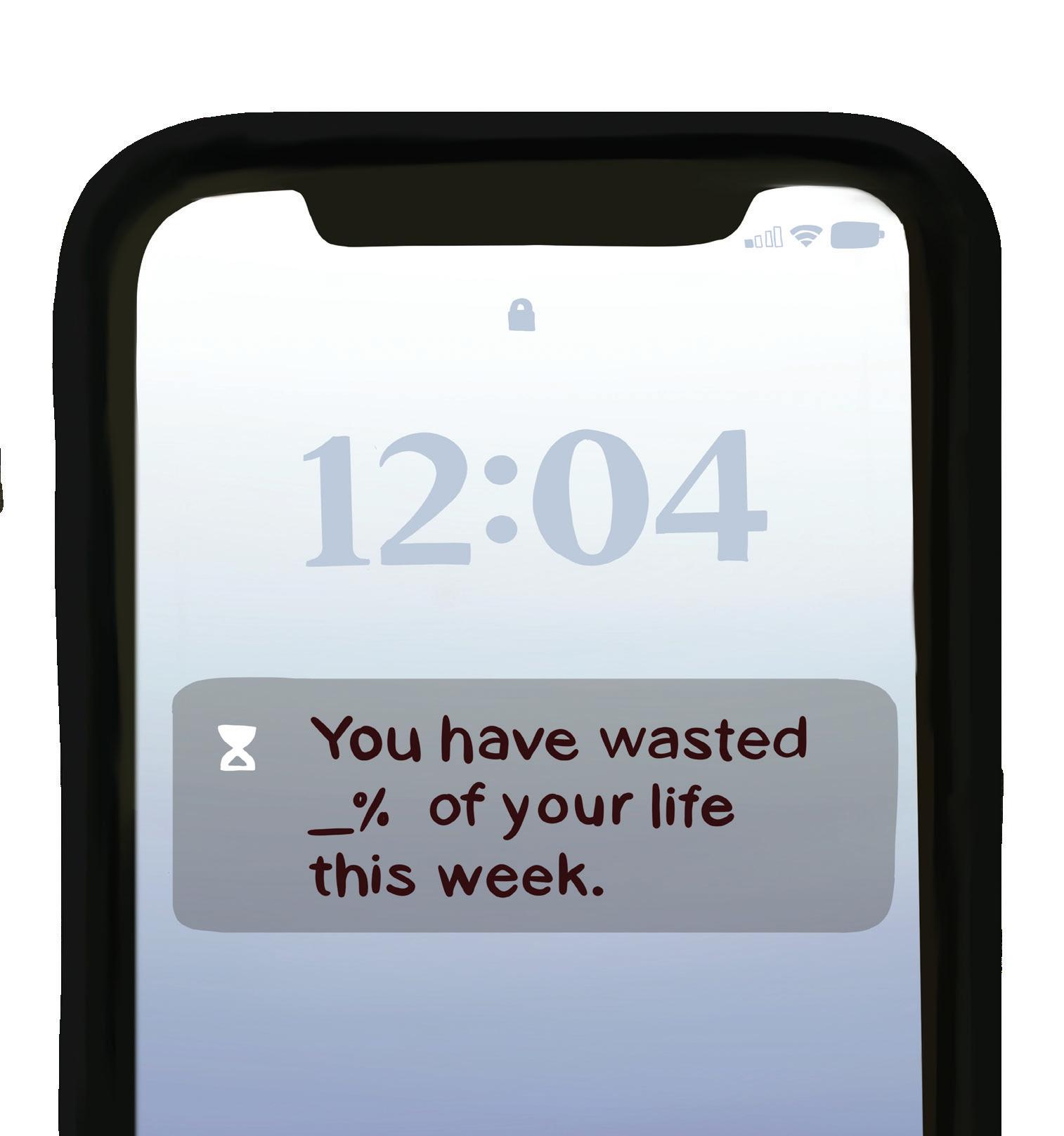
And that effort Farina speaks on, is the roadblock people need to overcome for their own good. I lost so much in my years of addiction, but now I’m going to make sure that the digital vortex is in the past.
What does Paly think about college video profiles
Over the past few years, some top colleges have been offering video profiles as a supplement to traditional college admission essays. For example, Brown University offers a “video introduction,” a personal, 2-minute video to put a face to traditionally monotonous applications. We asked people at Palo Alto High School their opinions about colleges switching from written admission essays to video profiles. Here’s what they had to say:
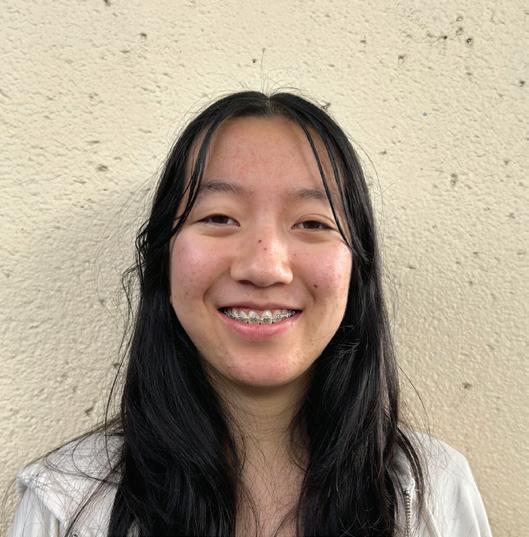
“I think overall essays would be easier for the person because no matter what, you’re going to be writing something and when you’re applying to colleges you already have so much work that you need to do.”
— AUDREY LEE 10th grade

“It’s a lot better because they get to actually see them [the student] face to face and see what kind of a person they are and how they can communicate their interests and stuff like that. So I think it’s a lot better than essays.”
— MANASVI NORONHA 11th grade

“I mean, some people are ... more fluent when they talk, and I think it’s easier to brainstorm your idea [in video profiles].”
JOSE PINTO 10th grade

“I think essays are definitely more convenient if you would have to make a unique video for each college. You have more flexibility with writing [and] I’m just more comfortable [with that].”
— AIDEN SON 11th grade
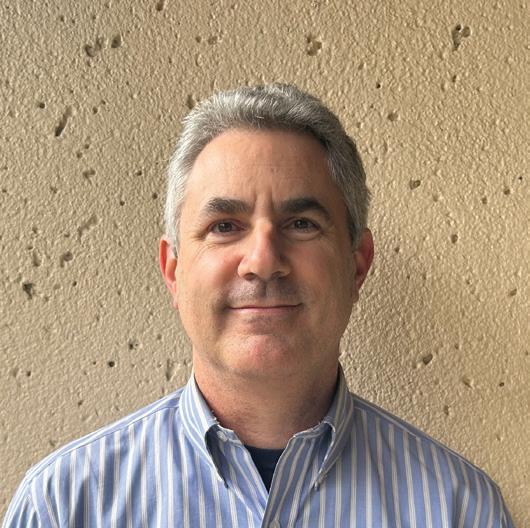
“There may be some students who would find that [video profiles are] challenging or intimidating and might feel they’re at a disadvantage. I would be interested to see if colleges offer options and how heavily it would factor in their decisions.”
DAVID COHEN English Teacher

“Personally I’d rather have written because a video could require a lot of retakes, but written you can just edit it whenever you want and then submit at the end.”
— TANISHA PILAPAKAM 9th grade
 Text by WILLIAM XUE
Text by WILLIAM XUE
Pedal power vs. electric ease
The rise of electrified transportation at Paly
Whirring sounds fill the air as an electric bike effortlessly zooms past you. Unlike a conventional bike, the added electric motor assists with pedaling, allowing the bike to also pass riders in front of you. In the bustling sea of bikers at Palo Alto High School, a new form of transportation has sprung up, garnering the attention of riders. Commuters are trading their traditional bikes for sleek, stylish electric alternatives, which have become the primary transportation choice for many.

stead of having to put a lot of energy into biking because I also live kind of far away, it’s just quicker.”
be biking myself and I don’t lose my stamina.”
For sophomore Arabella Guinle, an electric bike is more than just a mode of transportation, it’s quick and efficient while also being convenient and accessible.
“I have to bike a lot, like after school and in general,” Guinle said. “I just prefer to sit and let it run in -
Similarly, electric scooters offer nearly identical benefits as their electric bike counterparts, but are packaged in a smaller size and usually come at a lower price. As someone who’s recently switched from a conventional bike to an electric scooter, sophomore Harrison Lan appreciates the added benefits. He originally bought the scooter for fun, but instantly ditched his bike when he found out the time and energy he saved while riding an electric scooter. Lan now uses it as a way to streamline his morning routine to leave him less drained and fatigued during the day.
However, safety remains a top priority for riders. Riders have to exercise extra caution and be more considerate of their surroundings.
“You have to be aware that you’re going a lot faster than other people who are on a normal bikes.”
— ARABELLA GUINLE
10th grade
“You have to be aware that you’re going a lot faster than other people who are on a normal bikes,” Guinle said. “So just maintaining your speed is important.” As riders continue prioritizing efficiency and convenience, electrified transportation provides them with an answer.
“Biking in the morning is really tiring since most of my first and fifth periods may have tests sometimes, and when I bike, it’s hard to think because I’m just so tired,” Lan said.
Aside from the speed and efficiency they offer, electric forms of transportation also benefit students without a driver’s license or a car. By offering a reliable and accessible way of getting around town, electric bikes and scooters allow more freedom and independence for student commuters.
“It allows me to go places further because I don’t have to use as much energy as peddling,” Guinle said. “I go at a way faster speed than I would
“Having an electric bike has really helped me have more freedom and independence and not be reliant on my parents to take me everywhere,” Guinle said.


Discovering Passion:
Ashwini Avadhani reflects on her journey to teaching
MOLE RAT — Science teacher Ashwini Avadhani finishes her signature diagram explaining the conversion factor between grams and moles using acetic acid as an example (Photo: Divij Motwani)Ashwini Avadhani
Chemistry and physics teacher Ashwini Avadhani didn’t stumble upon her passion for sciences, it found her.
“When people say that you have to have a passion, I say you have to discover it as you go along,” Avadhani said.
And that’s exactly what she did. As a 10th grader in India, where students were pushed into picking a direction at a young age, she chose to pursue a path in the sciences with no special interest or talent in it. Her mother wanted her to do just that, and Avadhani later got a free undergraduate tuition as a bonus for her decision.
“Honestly, I was really bad at chemistry,” Avadhani said. “The funny thing is, I see you guys as high schoolers, and I was not even a fraction of how smart you guys are. But if you took physics and chem, the girls got a tuition waiver in India.”
Although it didn’t come naturally, Avadhani stuck with it and went on to do her masters in both organic and inorganic chemistry before moving to California.
“We used to spend 6 a.m. to 1 p.m., the whole morning to afternoon, in the lab,” Avadhani said. “And then we had lectures afterwards.”
One of her most memorable memories occurred while she was taking her practical exam, which tests students on their ability to apply theoretical knowledge to an actual practical state. She was performing a series of tests on a small and limited amount of powder, when she had an unfortunate incident.
“It was a final exam, and I dropped it,” Avadhani said. “I had to scrape it from the floor. But I still did really well on that, I was good at labs.”
“Honestly, I was really bad at chemistry. The funny thing is, I see you guys as high schoolers, and I was not even a fraction of how smart you guys are.”
After doing her master’s in India, Avadhani moved to California and enrolled as a graduate student at California State University Long Beach. It was there that she got her first introduction to teaching by working as a teacher’s assistant.
— ASHWINI AVADHANI Science Teacher
“I realized I was good at it,” Avadhani said. “I could break down the problems and solve them for the undergraduate kids.”
Avadhani went on to teach at Ohlone Community College and then eventually Woodside High School, where she taught Integrated Science to freshmen. This included biology, physics, chem, and sex education.
“I dreaded that class [sex education],” Avadhani said. “But that is what I started with.”
Now, Avadhani has been teaching Chemistry Honors and Physics at Palo Alto High School for 13 years. She aims to make science enjoyable and exciting through her teaching, diverging from the mundane lectures she received when she was a student.
“I like teaching with analogies, giving real life examples and demos,” Avadhani said. “The best part is when
my demos fail, and they just don’t work. It demonstrates that in spite of the fact that you’ve learned for so many years, or you’ve taught for so many years, it doesn’t mean a demo works every time.” Avadhani would also like to teach AP (Advanced Placement) Chemistry in coming years, because the class features her all-time favorite lab, which involves students dissolving a brass bead in order to find the mass percentage of its components.
“I find beauty in it because you start with a solid, you dissolve it, you look at the color, and from that you can backtrack to the percentage,” Avadhani said. “The convolutedness of that lab is amazing.”
Many students appreciate Avadhani’s thoroughness and unique teaching methods, including sophomore Chemistry Honors student Anjini Sanchorawala.
“I think Mrs. Avadhani has a great teaching style. It’s just very unique because instead of just following the slides, she explains everything thoroughly using her whiteboards,” Sanchorawala said. “I think she also prepares kids very well for AP chemistry. She’s just very good at explaining, and conceptually she knows her stuff, so it’s great to learn from her.”
From your click to your door

How technology and robotics get packages to you quickly

Oh no! You have a project due tomorrow. Quickly rushing to your room, you open your computer and head to Amazon.com to place an emergency order. After a quick browse, you find your desired item and press buy. Your order is being processed within seconds of confirmation, and within hours, a perfectly folded cardboard box makes its way onto your front porch

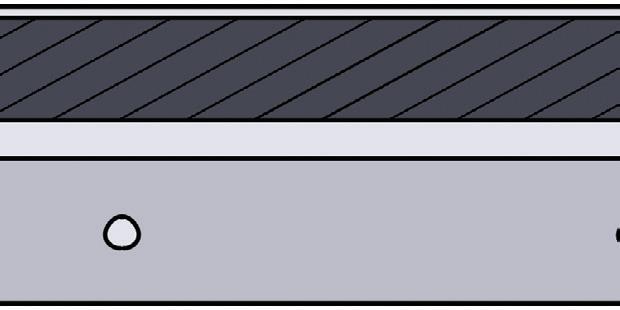
alongside all your desired project materials. But how does your click translate to a package on your doorstep in just a few hours?
Companies are increasingly turning to hardware and software automation to address the rising demand for faster delivery times, labor shortages, rising wages, and surging order volumes. Across its 175 fulfillment centers around America, retail conglomerate

Amazon uses over 750,000 robots to perform highly repetitive tasks, freeing employees to deliver to customers more efficiently. The result? A network service so efficient that over half of all Amazon Prime orders arrive within just two days, according to TechCrunch.
Veritas traveled to an Amazon fulfillment center located in Tracy to learn about the story behind each package on the front porch. For most small items



purchased on Amazon, this journey starts in these fulfillment centers, placed on pallets of randomly assorted goods. Robots transport these pallets across a sleek concrete floor embedded with fiducial-tracking tags — markers similar to QR codes — that help robots pinpoint their locations.
By using technology and computer vision, Amazon items do not have to be sorted onto their storage shelves. They can be placed on any pallet in the warehouse, and computer databases will automatically keep track of their location. When an order is placed, robots go to the nearest pallet with that item and transport it to an employee for processing.
After being processed by an employee, items move onto a conveyor belt and are grouped by order into crates to be sent to packing stations. There, cameras figure out optimal box shapes to handle items, and workers pack items together for shipment. Then, giant hydraulic arms, which possess a 360-degree range of motion, laser sensors, and a 165kg loading capacity, sort these packages. Once sorted by delivery location, workers load packages onto delivery trucks, and they’re ready to be delivered to your doorstep.
Similarly, other delivery companies, such as FedEx, are embracing automation to optimize delivery times and package handling with robotics. Late last year, FedEx partnered with Redwood City-based robotics company DexterityAI to launch DexR, a new robotic arm that autonomously loads packages into vans, optimizing storage in delivery trucks.
Using computer vision, DexR scans

packages to identify their shapes and dimensions and then uses artificial intelligence to map out the best possible arrangements to fit them into a truck. Think of it as a three-dimensional jigsaw puzzle, where each puzzle piece is its own specially shaped box.
Avinash Verma, head of supply chain and operations at DexterityAI, emphasized the company’s current priorities for management and organization.
“Our focus right now is the logistics sector, so we work with companies like FedEx and UPS,” Verma said. “We are working on things that involve loading a truck or moving boxes around in warehouses. We are doing palletizing and depalletizing with real-time robotics. … With a lot of the algorithms we have, we can work with hundreds of thousands of different objects, and computer vision is like our eyes: It’s just a tool.”
When merchandise and other deliverables are stored in ever-growing warehouses, keeping track of every item can be difficult. With companies like UPS delivering over 5.7 billion packages yearly, better logistics systems are integral to keeping up with ever-increasing delivery demands.
“Everyone now just swipes their phone and orders on Am azon,” Verma said. “This isn’t only in the US. This is worldwide. There is a lot of work that needs to happen in warehouses … and there are not enough people to do that manual work.”
With many in

dustry giants in the logistics sector, such as Amazon, facing labor shortages and high turnover rates, automation has become an even more lucrative business in the last few years.
“Manual work was done by people, and there was a shortage of workers,” Verma said. “Because they were all manual operations, there wasn’t a lot of information about the operation.”
With all these developments in the delivery industry, Verma is optimistically steadfast about the future of robotics. As warehouses become more advanced and demand scales up, robotics companies will face challenges keeping up, something Verma firmly believes DexterityAI has the capacity and technology to do so.
“I think the exciting part is that in the future, these robots are going to get better,” Verma said. “The positive part of machine learning and AI right now is that the more it gets advanced, the better it gets. … We are at a transformational point in time where a lot of … tasks are going to get automated.”
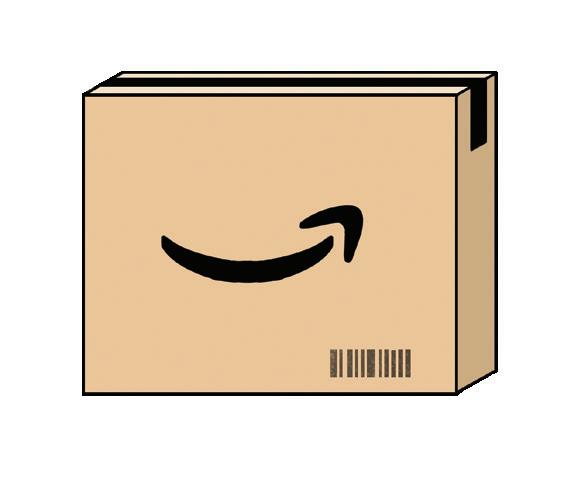
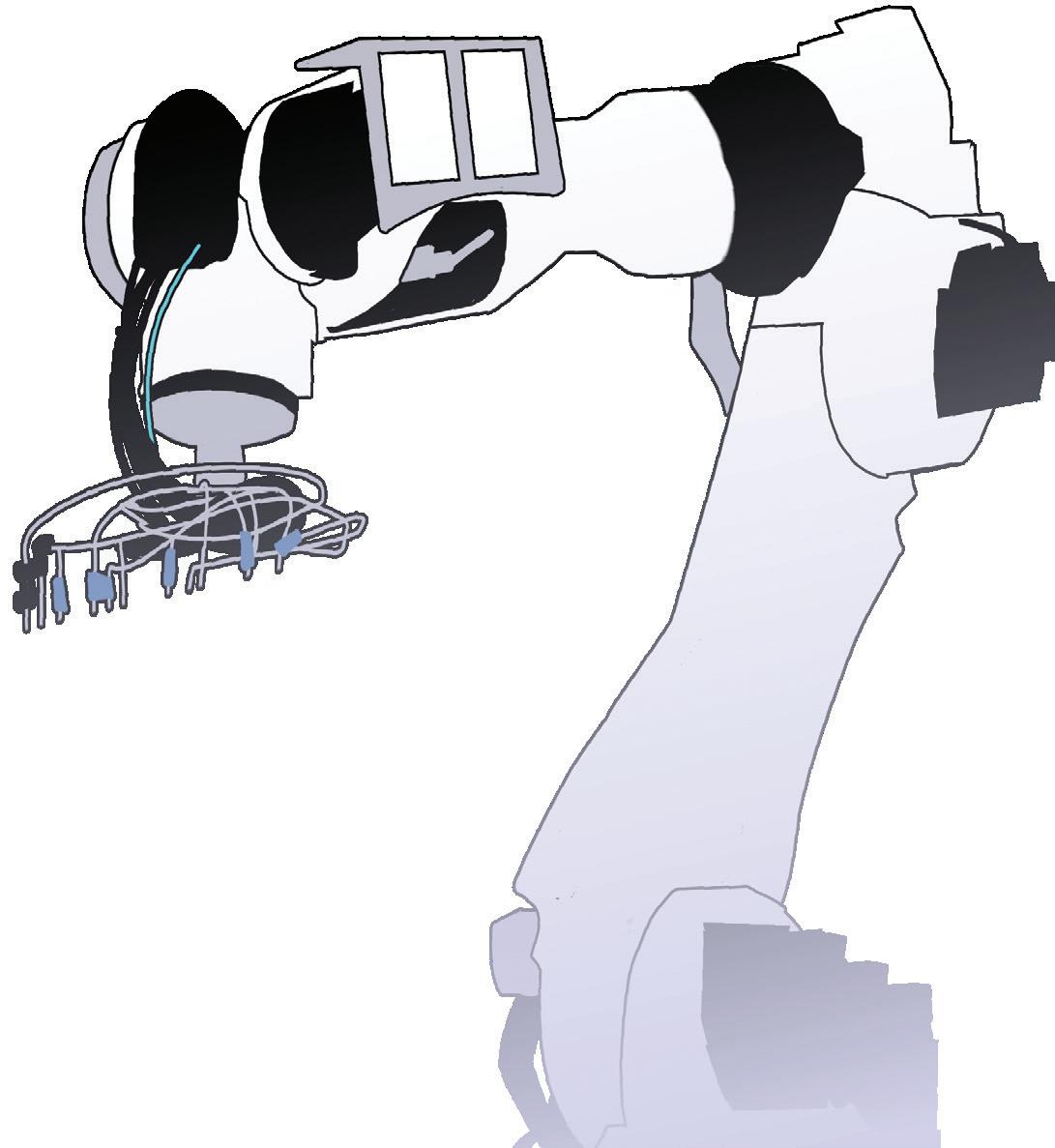


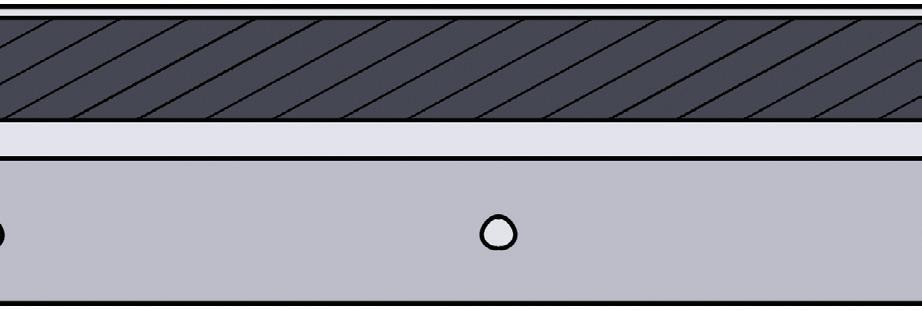
What’s in your air?
APES students measure air particulate levels around the school
These days, growing sources of pollutants are having major effects on air quality worldwide. From smoke emanating from wildfires, to the release of greenhouse gases from vehicles and infrastructure–harmful air particles are constantly being released into our atmosphere.
These particles can have major adverse effects on health because of their ability to penetrate deeply into lungs and other internal organs, contributing to a wide range of health issues.
deeper into the lungs, and even enter the bloodstream. This leads to more severe health effects, including cardiovascular diseases (e.g., heart attacks, strokes), respiratory issues (e.g., asthma exacerbation, chronic bronchitis), and even premature death.
“Everybody lives in this world, in this environment, and our choices matter,”
For air quality purposes, air particles are mainly placed into two main categories, based on their diameter in micrometers (also known as microns).
Particles with a diameter between 10 and 2.5 microns (PM10) are categorized as coarse particles. These can include dust, pollen, mold, and some combustion particles. While these air particles are primarily filtered by the throat and nose, they still have adverse respiratory effects such as asthma, coughing, and difficulty breathing.
On the other hand, particles with a diameter under 2.5 microns (PM2.5) are categorized as fine air particles. These particles are most commonly created through combustion and chemical processes in the atmosphere(smoke from fires, vehicle emissions, and industrial processes). These particles are more dangerous than PM10 particles as they can penetrate much
To help students understand the prevalence of these air particulates in our day-to-day lives, AP Environmental Science teacher Nicole Loomis conducted an experiment to find the locations on campus with the worst air quality.
— Nicole Loomis science teacher
“We’re doing a lab that uses little stickers… and you peel the back off and leave them sticky side up, and [pollutant particles] fall on them,” Loomis said. “We’re gonna look at it under a microscope… and we’re going to compare different locations… It’s nice to give the kids a chance to do some science that they can see.”
Pollutant particles drift through the air and can get stuck to the sticky cards, so students leave the cards face up to capture these particles. After leaving these cards for a weekend around schools, students can look at the cards under a microscope to see the types and sizes of par-
ticles which were left behind on the cards.
With California being a breeding ground for large wildfires and mass vehicle emissions, air quality can decrease quickly, resulting in reduced visibility and an influx in respiratory irritants. To counteract these issues, California and other states are constantly working on new legislation to keep our environment healthy and habitable.
“We have a lot of special California emissions on cars and specially formulated gasoline, which is more expensive than other states, but gives us better air quality... our cars have catalytic converters… and you can’t drive anywhere without seeing some Teslas,” Loomis said.
Through AP Environmental Science, students are able to learn more about their environment and the world they live in, paving the way for a safer, cleaner world which will stay with us for generations to come.

“Everybody lives in this world, in this environment, and our choices matter,” Loomis said. “This class really helps you to understand how your choices impact the environment… there’s just so many different pathways people could take in careers that might touch on the environment…it’s just a really good way to think about the world.”
Opinions around campus on Elon Musk’s new Neuralink brain-chip
Using innovative robotic surgery, the first Neuralink brain chip by Elon Musk had its initial human trial on Jan. 29. Designed for those with unmet medical needs such as quadriplegia, its mission is to allow the control of electronic devices through solely thought. Through its technology Neuralink strives to restore capabilities such as vision, motor function, speech, and how humans experience the world. Veritas Magazine asked Palo Alto High School Students their opinions on the brain chip, and if they’d implant it in the future.
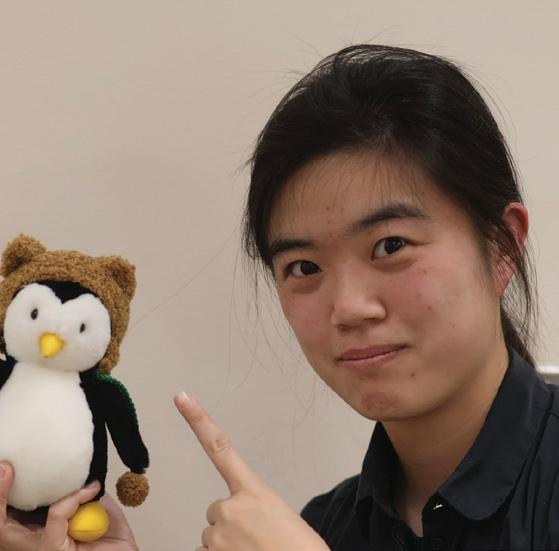
“I think this feels like an episode of Black Mirror. But anyway, it’s very cool that we have the technology to do this and put a chip in your brain right now. I don’t feel the need for it,[so I wouldn’t implant it]. I’m okay, I have my hands.”
– MARGARET DENG Science teacher
“I think that for people who need it like, it could be helpful. But if you don’t need it, then I don’t think it’s worth it, and I probably wouldn’t implant it in the future.”
– RONI HOROWITZ10th grade

“I benefits people who can’t complete daily tasks due to them not having function in their limbs, and it could be used for a lot of good things. I’d implant it in the future because I think it’d help bring ideas to people who see life from a different perspective.”
– EMILY STELL 10th grade
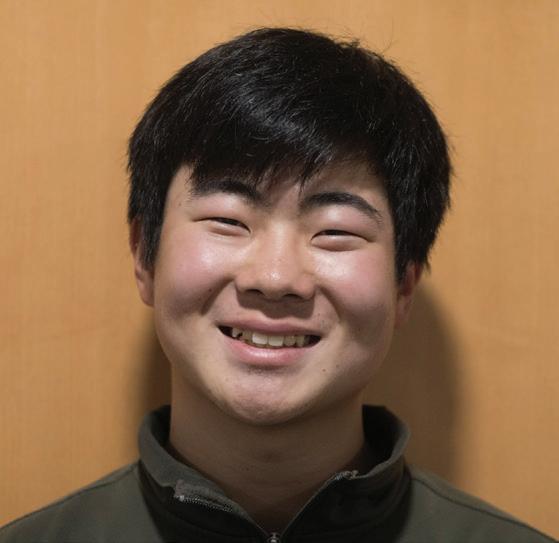
“I think it’s great. I think that innovation in this sector can really help us solve problems that weren’t curable before. I wouldn’t [implant it] because I don’t think I’d need it, but if I had an issue that couldn’t be cured any other way, I would.”
– JUSTUN KIM 11th grade

“Maybe down the line, if there’s more development and stuff, I’ll think about it. But right now, I’d definitely be worried just because messing with your brain is obviously something you don’t want to do.”
– MAX RABBITT-TOMITA 12th grade
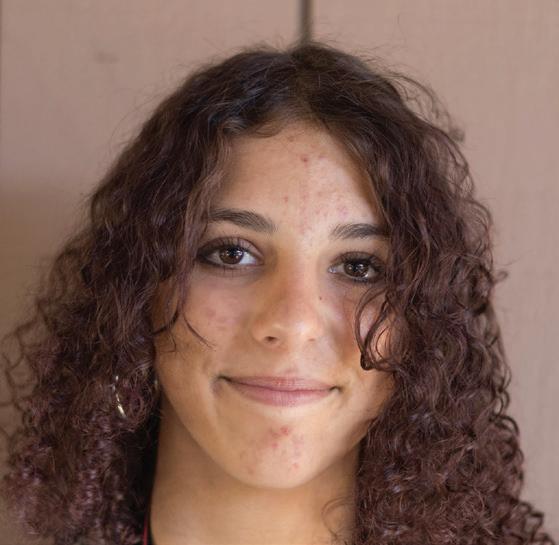
“It’s kind of crazy that he made that, and I think it could be useful, but also it’s kind of scary because then people could track you. [I] probably [wouldn’t implant it], because it’s kind of scary. Like, what if Elon Musk it just watching me?”
– MIRA STRETTNER 9th grade
